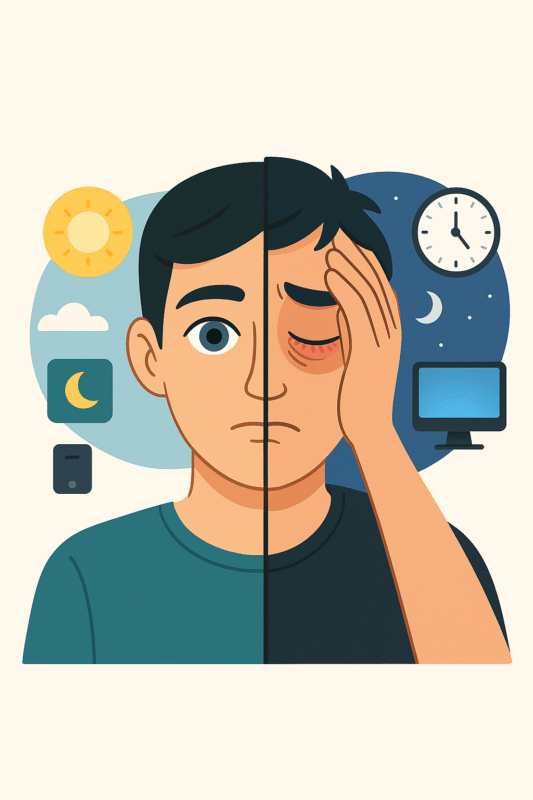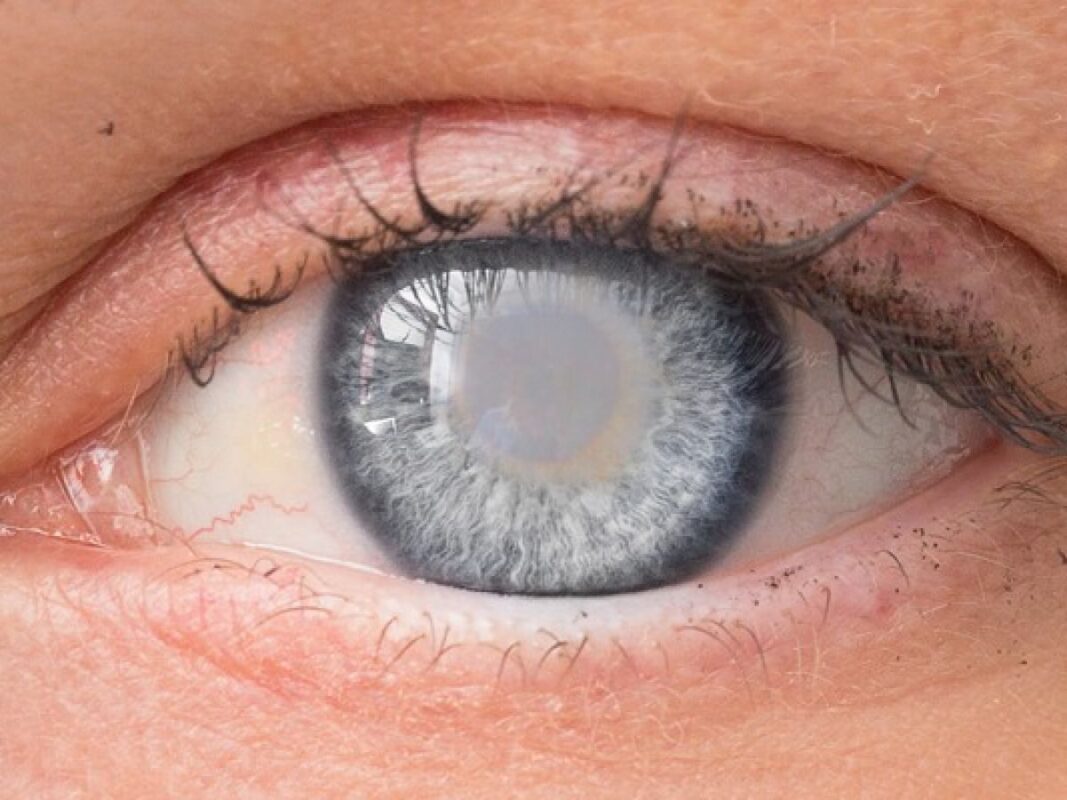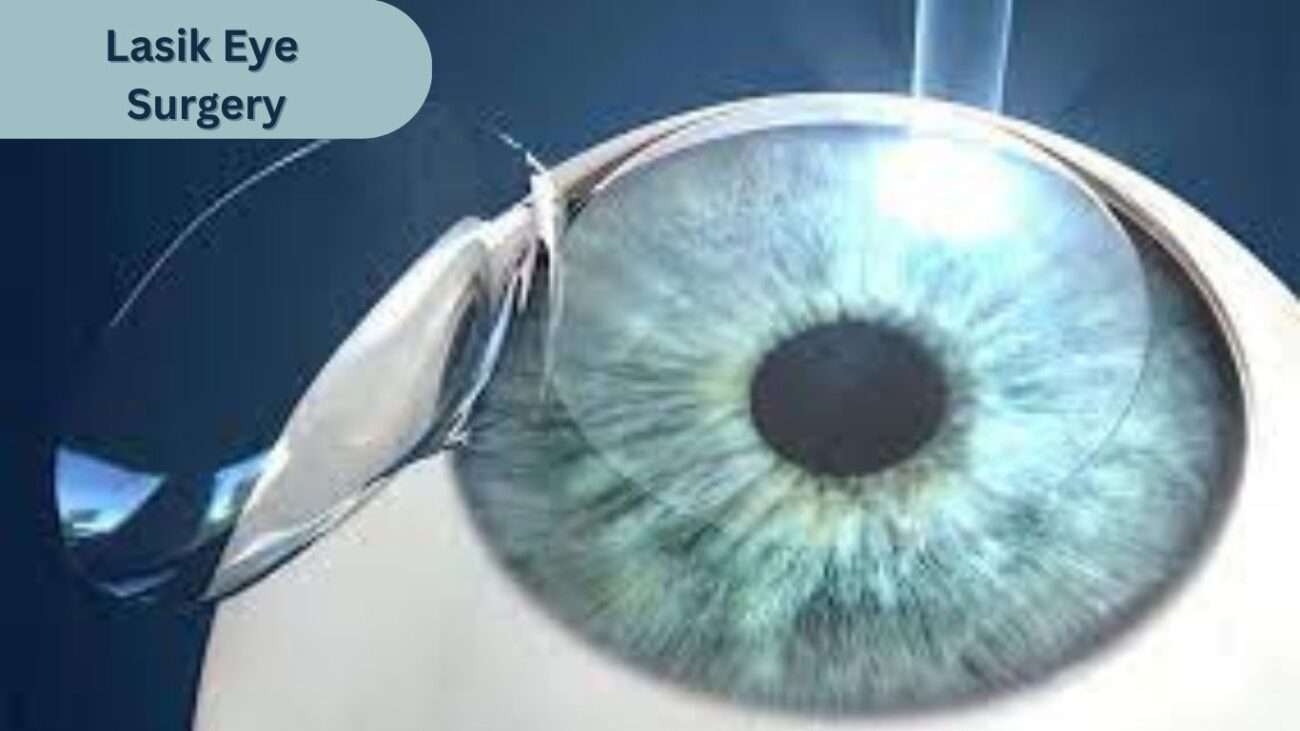Deepawali, the festival of lights, is a time of jubilation and joy for millions in India and around the world. As families come together, homes are adorned with vibrant decorations and delectable sweets are shared, the tradition of using firecrackers adds a dazzling display to the festivities. However, it’s essential to be aware of the potential threats firecrackers pose to our eyes, and this article provides insights into eye safety tips during Deepawali, causes of firecracker eye injuries, types of injuries, risky firecrackers, do’s and don’ts while lighting them, and immediate steps to take in case of an injury. This information can guide us in celebrating the Festival of Lights responsibly, safeguarding our vision.

Causes of Firecracker Eye Injuries:
Firecrackers, integral to Deepawali celebrations, can endanger our eyes due to their high intensity and unpredictable explosions. Several factors contribute to these injuries:
- Explosive force: The intense light, heat, and pressure released during a firecracker explosion can propel debris at high speed, causing eye injuries.
- User negligence: Neglecting safety precautions, holding firecrackers too close to the face, or lack of awareness can lead to accidents during celebrations.
- Malfunction: Despite quality assurance, firecrackers may malfunction due to defects or improper storage, catching users off-guard and increasing the risk of injuries.
- Reigniting firecrackers: Attempting to relight partially ignited firecrackers is a risky practice, potentially resulting in unexpected explosions.
- Bystanders: Accidents often occur when individuals in close proximity to firecrackers are not directly involved, such as during street celebrations.
- Homemade devices: Improvised methods using homemade contraptions lack safety features, making them unpredictable and prone to malfunction.
Types of Eye Injuries Caused by Firecrackers:
The delicate nature of the eyes makes them vulnerable to a range of injuries from firecrackers:
- Corneal abrasions: Sparks can scratch the cornea, causing pain and potential long-term damage.
- Chemical burns: Exposure to firecracker chemicals can lead to burns, corneal scarring, and vision problems.
- Thermal burns: Excessive heat can cause burns on the eyelids and ocular surface.
- Foreign body injuries: Mishandled firecrackers can project fragments into the eye, causing irritation and potential damage.
- Blunt trauma: Severe explosions can lead to fractures, cataracts, or retinal detachments, requiring immediate medical attention.
- Eye irritation: Toxic substances in firecrackers can cause irritation and tearing, especially problematic for those with pre-existing eye conditions.
Types of Firecrackers That Can Cause Eye Injuries:
While all firecrackers carry some risk, certain types are more hazardous:
- Sparklers: Their burning tips can cause burns or eye damage and should be handled with caution.
- Exploding firecrackers: Sudden and unpredictable detonations make these particularly dangerous.
- Flower pots: Filled with high-speed fragments, they can severely damage eye tissues.
- Bottle rockets: Unpredictable trajectories pose a significant risk, especially if they come into direct contact with the eyes.
- Aerial shells: Despite their stunning displays, misfires can result in eye injuries.

Do’s and Don’ts While Lighting Firecrackers:
Prioritizing safety during Deepawali celebrations is crucial, especially for our eyes. Follow these guidelines:
Do’s:
- Use eye protection glasses: Shield your eyes from debris or sparks with safety goggles.
- Keep a safe distance: Stay away from ignited fireworks and never look directly into a firecracker.
- Supervise children: Ensure close supervision and educate them on proper handling.
- Use open areas: Light fireworks away from flammable materials, buildings, and vehicles.
- Follow manufacturer instructions: Read packaging instructions to prevent unexpected injuries.
- Wash face and hands properly: Cleanse thoroughly after handling firecrackers to avoid irritation.
- Wear proper clothing: Choose comfortable, non-flammable clothing and suitable shoes.
Don’ts:
- Avoid wearing contact lenses: Switch to glasses to protect your eyes from heat and smoke.
- Do not re-light firecrackers: Wait 20 minutes before immersing a failed firecracker in water.
- Avoid alcohol: Refrain from alcohol consumption to maintain judgment and prevent accidents.
- Say no to illegal fireworks: Use only legal fireworks, as illegal ones are more unpredictable and dangerous.
- Light one cracker at a time: Avoid simultaneous ignition and maintain a safe distance.
- Avoid enhancing sound effects: Do not encase firecrackers for amplified sound effects, as it poses a permanent risk of eye damage.
- Don’t handle firecrackers irresponsibly: Refrain from aiming or throwing firecrackers at people, animals, or vehicles.
What to Do in Case of a Firecracker Eye Injury:
In case of an injury, take immediate action:
- Do not rub your eye: Avoid touching the injured eye to prevent worsening the injury.
- Rinse with clean water: Gently rinse the eye for at least 15 minutes to remove debris or chemicals.
- Protect the eye: Cover the injured eye with a clean, sterile dressing or a paper cup.
- Do not self-medicate: Avoid using over-the-counter medications or ointments; seek professional medical help.
- Seek medical help: Visit an eye specialist or an emergency room promptly for proper examination and treatment.
Conclusion:
Deepawali is a time for celebration, but safety, especially concerning firecrackers, should be paramount. By following eye safety tips, understanding the risks associated with specific firecrackers, and knowing how to respond to an injury, you can ensure a safe and delightful Deepawali with clear and healthy vision.










